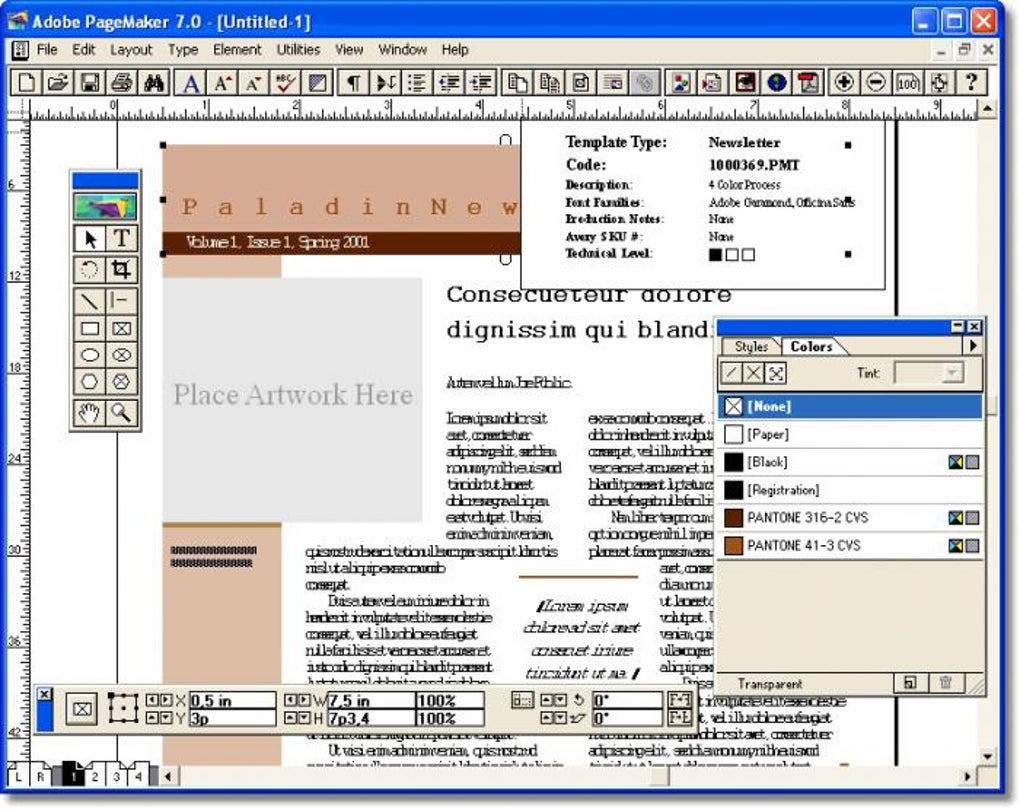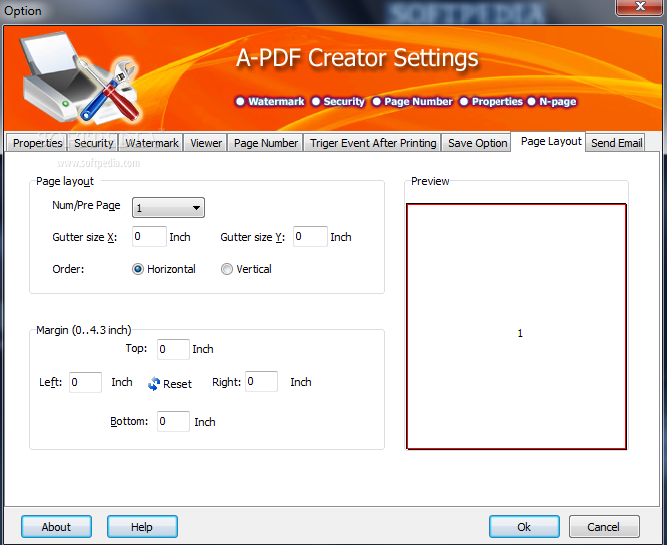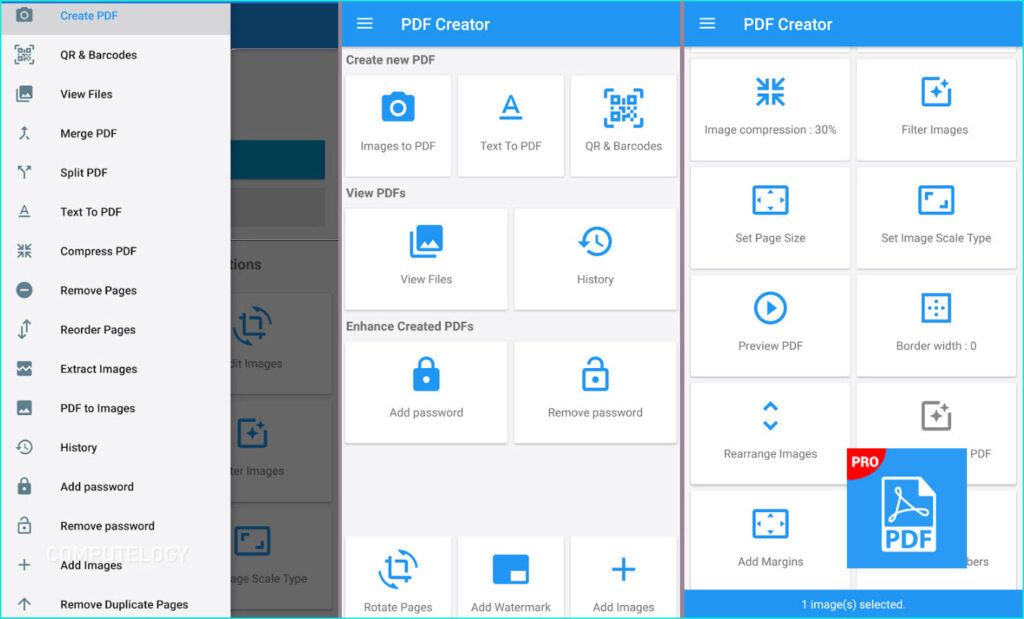

Installed by Google Analytics, _gid cookie stores information on how visitors use a website, while also creating an analytics report of the website's performance.

Provided by Google Tag Manager to experiment advertisement efficiency of websites using their services. This cookie is installed by Google Analytics. The cookie stores information anonymously and assigns a randomly generated number to recognize unique visitors. The _ga cookie, installed by Google Analytics, calculates visitor, session and campaign data and also keeps track of site usage for the site's analytics report.

These cookies help provide information on metrics the number of visitors, bounce rate, traffic source, etc. Minimize the risk of cyberbullying, help children use social networking sites more safely, and use parental controls in Microsoft products to help keep your family safer online: Microsoft Online Safety.Analytical cookies are used to understand how visitors interact with the website. You can learn more about online fraud in: Protect yourself from phishing schemes and other forms of online fraud. You can choose to visit the site, or you can click No on the alert message, which is what we recommend. The web address appears legitimate but could open a site that has malicious intent.įor example, the following web address looks legitimate, but what you cannot see is that the letter i in is a Cyrillic character from the Ukrainian alphabet: How to respond to the alert messageĪn alert message appears when you click a link to a website that uses a potentially spoofed domain name. Options in the Trust Center can help protect you from malicious intent, such as a homograph attack, which are web addresses that use alphabet characters from different languages. The following image is an example of an Outlook warning when a suspicious link is clicked. However, security features in Office can prevent problems caused by clicking a link to a website that has malicious intent. It's difficult to know if a link to a website is suspicious.


 0 kommentar(er)
0 kommentar(er)
